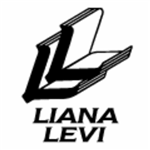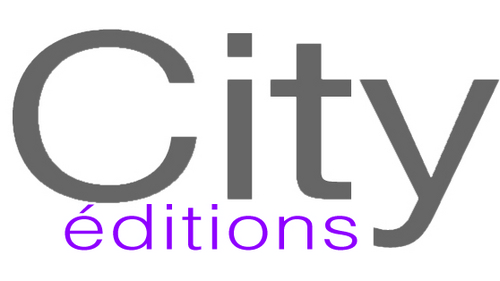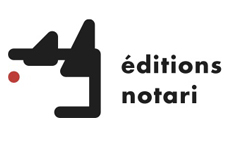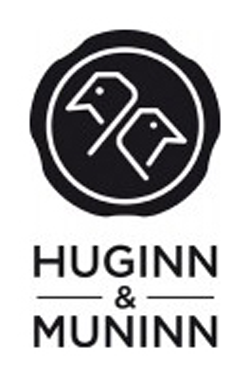Bastian: contact et modalités de dépôt d'un manuscrit
A l’origine, spécialisées dans des ouvrages biographiques, les éditions Bastian développent aujourd’hui une ligne éditoriale généraliste. Des ouvrages mettant en avant les valeurs humaines, des livres avec un ancrage dans le réel. Certains sujets sont traités sous l’angle de l’Histoire pour mieux expliquer notre présent.
Biographies historiques (personnages, événements ou périodes), romans (comédies, policiers, historiques), documents d’actualité (témoignages, société, bien-être, géopolitique), ouvrages sur les arts (musique, patrimoine architectural, art pictural), de même qu’albums jeunesse entrent dans notre ligne éditoriale.
Même si nous accordons une place privilégiée aux histoires ayant un pied dans la réalité, nous sommes également attachés aux textes qui font rêver. Car dans la vie, le rêve joue une partition non négligeable. Et le livre à notre sens doit contribuer à l’imaginaire, à l’ouverture vers l’Autre, à la réflexion aussi.
Nos textes sont travaillés, ciselés, les illustrations allient esthétisme et pertinence, avec un objectif évident : produire des livres de qualité et donner du plaisir à vous, lecteurs, celui de vous plonger dans des histoires qui ont du sens, qui font rêver ou qui tout simplement vous font découvrir de nouveaux auteurs.
Contact
Site Web
https://www.bastian-editions.fr/Téléphone
0603928082Adresse
9 domaine Saint Ludan, 67150 Hipsheim FranceDépôt de manuscrits
Par voie postale:
Service des manuscrits9 domaine Saint Ludan
67150 Hipsheim
France
Retours
Temps de réponse: de 1 à 3 moisAccusé de réception: NON









Modalité d'envois
Vous venez d’écrire un manuscrit et vous recherchez un éditeur. Si vous souhaitez nous le soumettre, c’est avec plaisir que nous en prendrons connaissance. Mais avant de nous l’adresser, merci de veiller aux points suivants :
- Relisez ou faîtes-vous relire, corrigez les fautes d’orthographe et de grammaire, soignez la présentation de votre manuscrit, car la première impression compte beaucoup, et un texte aéré donne davantage envie de le prendre en main qu’un texte truffé de fautes et/ou tassé ;
- Nous sommes sensibles aux textes qui parlent d’histoire, la vraie, ou d’histoires romancées, des textes forts qui, même s’ils sont romancés, ont en filigrane des questions de société ;
- N’envoyez vos manuscrits que sur support papier, aucun envoi par email ne sera pris en compte ;
- Le texte de votre manuscrit doit être complet (nous n’étudions pas les extraits ou simples synopsis), il doit être relié, les pages numérotées, au format Word, corps 12 ;
- N’oubliez pas d’accompagner votre manuscrit d’une lettre mentionnant vos coordonnées complètes, le titre de votre ouvrage, un résumé détaillé, et d’indiquer quels sont selon vous ses atouts ;
- Nous examinerons attentivement votre manuscrit. Cela prend du temps, d’autant plus que nous recevons régulièrement des propositions. Aussi, soyez patient, un délai de réponse de trois mois est tout à fait normal.
Merci de prendre en considération que nous ne retournons pas en principe les manuscrits qui nous ont été adressés. Néanmoins, si vous souhaitez qu’il vous soit retourné, merci de joindre une enveloppe timbrée au bon format et pour le poids requis.